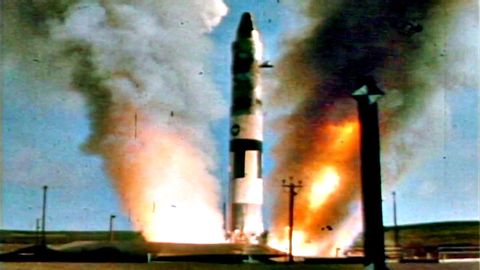
Subtitles & vocabulary
How to Launch a Nuclear Missile
00
林宜悉 posted on 2020/03/28Save
Video vocabulary
sort
US /sɔrt/
・
UK /sɔ:t/
- Transitive Verb
- To organize things by putting them into groups
- To deal with things in an organized way
- Noun
- Group or class of similar things or people
A1TOEIC
More description
US /dɪˈskrɪpʃən/
・
UK /dɪˈskrɪpʃn/
- Noun
- Explanation of what something is like, looks like
- The type or nature of someone or something.
A2TOEIC
More exclusive
US /ɪkˈsklusɪv/
・
UK /ɪk'sklu:sɪv/
- Adjective
- Being available only to people with a lot of money
- Available to only a particular person, group
B1TOEIC
More legitimate
US /ləˈdʒɪtəmɪt/
・
UK /lɪ'dʒɪtɪmət/
- Adjective
- Being born to legally married parents
- Being reasonable and sound
- Transitive Verb
- To make acceptable and sound
B2TOEIC
More Use Energy
Unlock All Vocabulary
Unlock pronunciation, explanations, and filters
